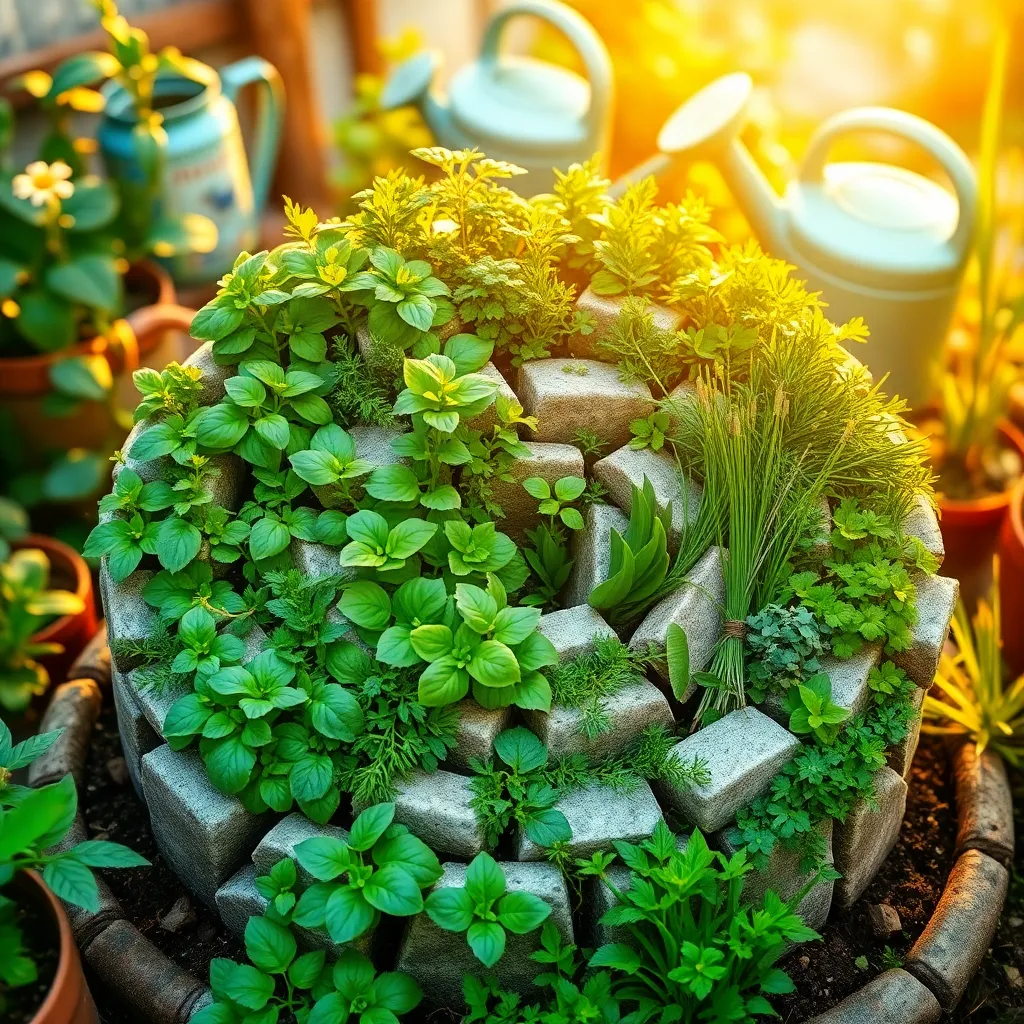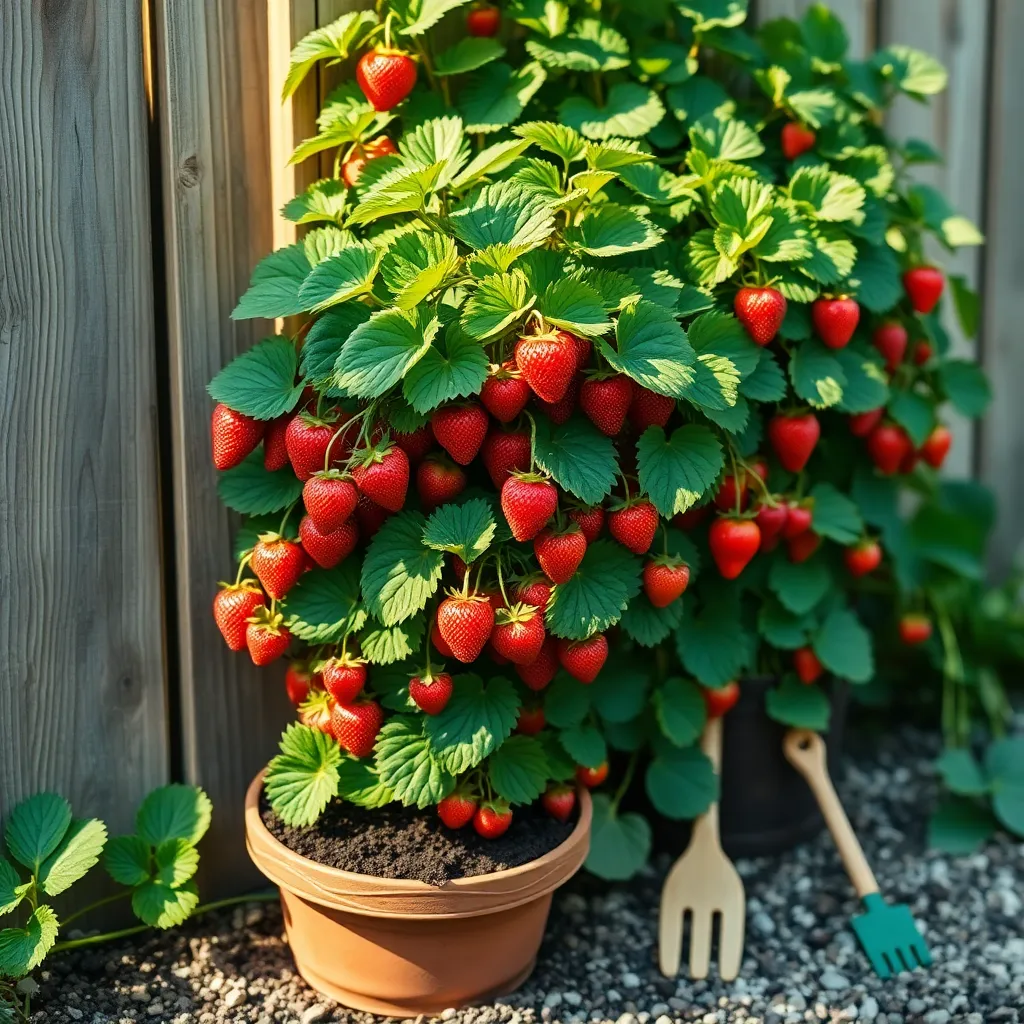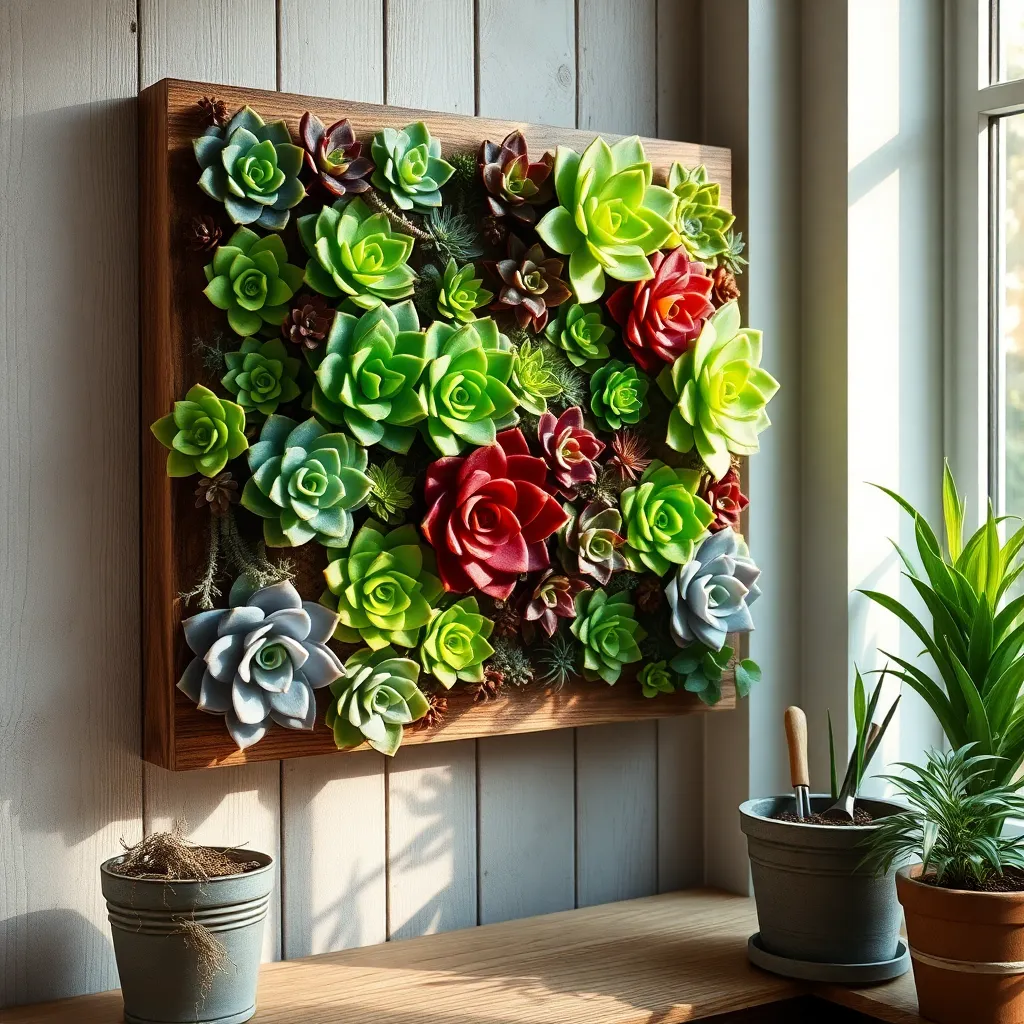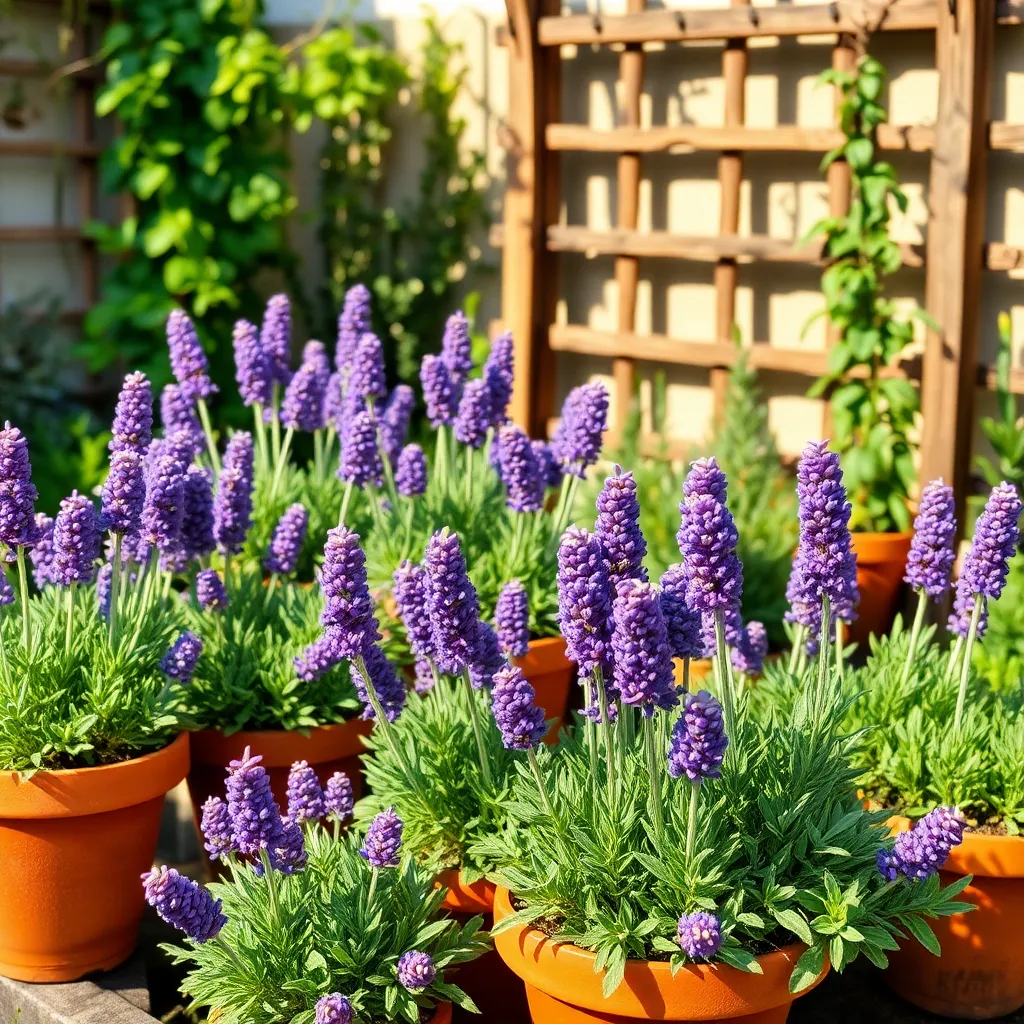Imagine transforming even the tiniest corner of your home into a vibrant oasis, brimming with life and color. Whether you’re just starting your gardening journey or you’re a seasoned green thumb, “8 Fun Best Plants For Small Gardens” is your go-to guide for selecting the perfect indoor companions that thrive in limited spaces. This list is a carefully curated collection that balances beauty, ease of care, and the sheer joy of watching your plants flourish.
In this guide, you’ll discover plants that not only fit into your compact spaces but also bring a host of practical benefits, from purifying the air to boosting your mood. Dive into a world where gardening doesn’t require a sprawling backyard, just a little creativity and the right choices. By the time you’re done, you’ll feel equipped and excited to cultivate your very own slice of nature, no matter the size of your garden.
Dwarf Sunflowers (Compact and Cheerful Blooms)

Dwarf sunflowers are an excellent choice for small gardens, offering vibrant blooms without taking up too much space. These compact varieties typically grow to about 1 to 3 feet tall, making them perfect for containers or small garden plots.
To thrive, dwarf sunflowers need full sun for at least 6 to 8 hours a day. Plant them in well-draining soil, ideally a sandy or loamy mix, to prevent root rot and promote healthy growth.
Water your dwarf sunflowers regularly but avoid overwatering, as they prefer the soil to dry out slightly between waterings. A good rule of thumb is to water about once a week, adjusting based on rainfall and temperature.
Fertilize these cheerful plants with a balanced, slow-release fertilizer at the beginning of the growing season. For advanced gardeners, consider deadheading spent blooms to encourage continuous flowering and bushier growth.
Herb Spirals (Space-Saving Culinary Delight)

Herb spirals are a fantastic solution for gardeners looking to maximize their space while enjoying a diverse range of culinary herbs. By creating a spiral structure, you can grow a variety of herbs in a small footprint, making it perfect for small gardens or urban spaces.
Constructing a herb spiral involves stacking soil and rocks in a spiral pattern, allowing for different microclimates within one structure. This design is excellent for herbs that thrive in various conditions, as the top of the spiral is drier and sunnier, while the base remains cooler and more moist.
To start, select a sunny spot in your garden and gather materials such as stones, soil, and compost. Begin by laying out the spiral foundation with stones, gradually building upwards to create the desired height, typically between 2 to 3 feet.
When planting your herbs, place those that prefer drier conditions, like rosemary and thyme, near the top, and moisture lovers, such as mint and parsley, closer to the base. Regular watering is crucial, but the spiral’s design will naturally guide excess water to the plant roots that need it most.
For best results, use a well-draining soil mix rich in organic matter to promote healthy growth. Additionally, consider adding mulch around the base of your herbs to retain moisture and suppress weeds, ensuring your spiral remains low-maintenance and productive.
Patio Tomatoes (High-Yield in Containers)

Growing patio tomatoes can be a delightful and rewarding experience for small garden enthusiasts. These compact plants are perfect for containers, allowing you to maximize your space while enjoying a high yield of fresh, juicy tomatoes.
To get started, choose a container that is at least 12 inches deep with adequate drainage holes to prevent waterlogging. A high-quality potting mix enriched with compost will provide the nutrients necessary for healthy growth and fruit production.
Place your container in a location that receives at least six to eight hours of sunlight daily, as tomatoes thrive in full sun. Regular watering is crucial, especially during hot weather; aim to keep the soil consistently moist but not soggy.
For optimal growth, feed your tomato plants with a balanced fertilizer every two weeks during the growing season. As your plants begin to flower, consider a fertilizer with a higher potassium content to support fruiting.
Advanced gardeners might want to try pruning suckers, the small shoots that appear between the main stem and branches. This technique can help focus the plant’s energy on producing larger fruits and maintaining a manageable size in a limited space.
Vertical Strawberry Planters (Sweet Fruits in Tight Spaces)

Vertical strawberry planters allow you to grow sweet fruits even in the tightest of spaces. By utilizing vertical space, you can cultivate strawberries on balconies or small patios, making them perfect for urban gardeners.
For optimal growth, use a well-draining potting mix enriched with compost to provide necessary nutrients. Strawberries thrive in full sun, so position your planters where they will receive at least six hours of sunlight each day.
Water your strawberries consistently, keeping the soil moist but not waterlogged. It’s beneficial to water early in the morning to ensure the plants have ample moisture throughout the day.
Consider using a drip irrigation system to maintain even moisture levels, especially if your climate tends to be dry. Advanced gardeners might want to experiment with companion planting by adding herbs like basil or borage, which can help improve flavor and deter pests.
Miniature Roses (Romantic Blossoms for Limited Space)

Miniature roses bring a touch of romance to any small garden space with their charming, compact blooms. These roses are perfect for container gardening, allowing you to add vibrant colors and delightful fragrances to balconies, patios, or small urban gardens.
To ensure your miniature roses thrive, place them in a spot that receives at least six hours of sunlight each day. They prefer well-draining soil with a slightly acidic pH, so consider using a soil mix designed for roses or add some peat moss to your standard potting soil for optimal growth.
Regular watering is crucial, especially during warm months, but be careful not to overwater as this can lead to root rot. A good rule of thumb is to water when the top inch of soil feels dry to the touch, ensuring moisture reaches the roots without leaving the soil soggy.
Feed your miniature roses with a balanced rose fertilizer every four to six weeks during the growing season to promote healthy blooms. For more experienced gardeners, deadheading spent flowers can encourage additional blooming and keep your plant looking tidy throughout the season.
Succulent Wall Art (Low-Maintenance Greenery)

Transforming a vertical space into a living masterpiece, succulent wall art offers a unique way to incorporate greenery into small gardens. This low-maintenance option is perfect for those short on space but big on creativity, as succulents require minimal water and care.
To start your succulent wall art, select a sturdy frame with a depth of at least three inches to accommodate the plants’ roots. Fill the frame with a well-draining soil mix, such as a combination of cactus soil and perlite, to ensure the succulents thrive.
When arranging the succulents, consider using different colors and textures to create a visually appealing design. Ensure each plant is securely placed into the soil mix, and allow the frame to lay flat for a couple of weeks to let the roots establish before mounting it vertically.
Water the succulents sparingly, allowing the soil to dry out completely between waterings to prevent root rot. For best results, position your succulent wall art in a spot that receives bright, indirect sunlight, such as a patio or a well-lit room, to keep the plants healthy and vibrant.
Espaliered Fruit Trees (Artistic and Bountiful)

Espaliered fruit trees are a fantastic choice for small gardens, combining artistry and productivity. By training trees to grow flat against a wall or fence, you can maximize space while creating a visually striking feature.
Start with young, flexible trees like apple or pear, which are ideal for espalier. Position them in a sunny spot with well-draining soil, ensuring they receive at least six hours of sunlight daily.
Pruning is crucial for maintaining the shape and health of espaliered trees. Regularly remove any unwanted growth, and tie branches to wires or a trellis to guide their direction and support.
For beginners, it’s best to start with a simple horizontal cordon or fan shape. More advanced gardeners might try intricate patterns like candelabras, which require careful planning and consistent care.
Water espaliered trees deeply once a week, adjusting for rainfall and season. Mulching around the base helps retain moisture and suppress weeds, contributing to a healthy, thriving plant.
Compact Lavender Varieties (Fragrant and Versatile)

Compact lavender varieties are a fantastic choice for small gardens due to their fragrant blooms and versatility. These petite plants can easily fit into tight spaces, providing both beauty and aroma without overwhelming your garden layout.
When planting compact lavender, choose a location with full sun and well-drained soil to ensure optimal growth. Lavenders prefer alkaline to neutral soil, so consider adding some lime if your soil tends towards acidity.
Watering is crucial for young lavender plants, but once established, they are quite drought-tolerant. A deep watering once every two weeks is usually sufficient, but ensure the soil is dry before watering again to prevent root rot.
For gardeners looking to maximize blooms, regular pruning is essential. Trim lavender after flowering, cutting back about one-third of the plant to encourage new growth and maintain a compact shape.
Conclusion: Growing Success with These Plants
In exploring the lush world of small garden plants, we’ve unearthed eight vibrant concepts to nurture your relationship garden. From the resilience of succulents symbolizing enduring love to the aromatic allure of lavender, which calms and soothes, each plant embodies a unique relationship trait. The climbing vines of morning glories remind us of growth through challenges, while the bright marigolds represent joy and celebration. The delicate yet sturdy daisies teach balance, whereas the ever-communicative snapdragons inspire open dialogue. The enduring ivy illustrates loyalty, and finally, the versatile herbs offer the spice of variety to keep relationships invigorating.
To put these concepts into action, choose one relationship trait to focus on this week and find a simple way to integrate it into your daily interactions. Whether it’s practicing active listening or surprising your partner with a heartfelt gesture, small, intentional steps can lead to flourishing connections.
Remember, relationships are like gardens—they thrive with care, attention, and the right conditions. Bookmark this article to revisit these insights whenever you need a boost in cultivating your relationship’s potential. By nurturing these principles, you’re sowing the seeds for a future of blossoming love and enduring success.







